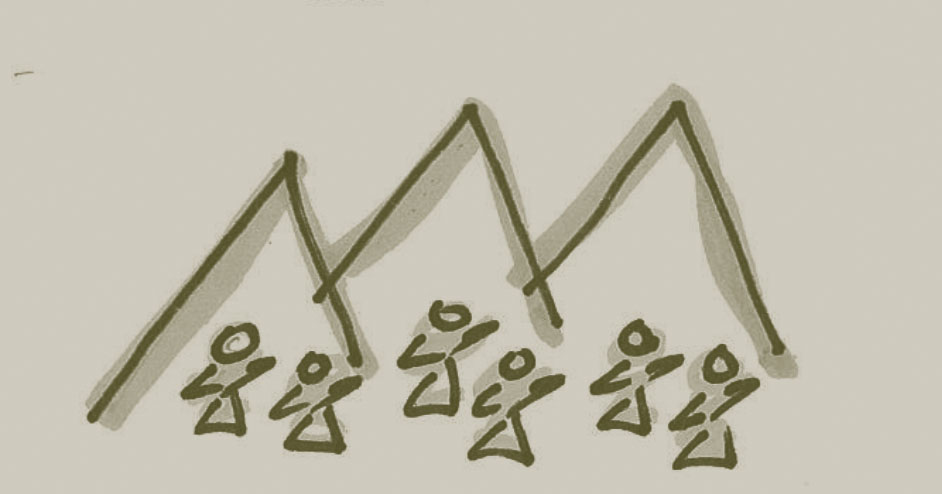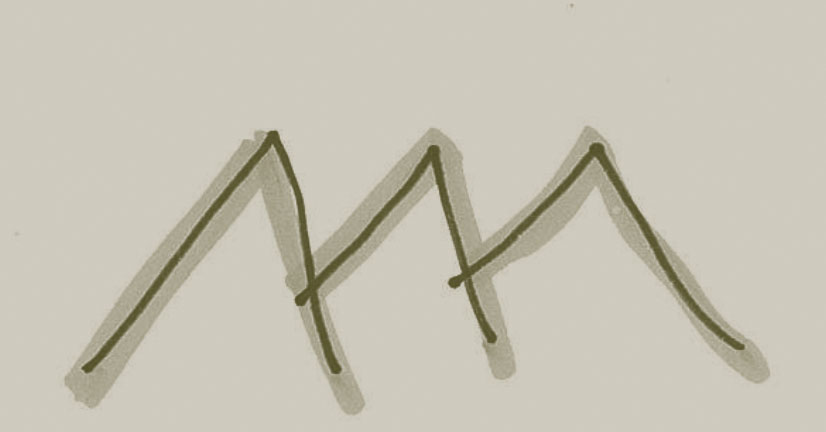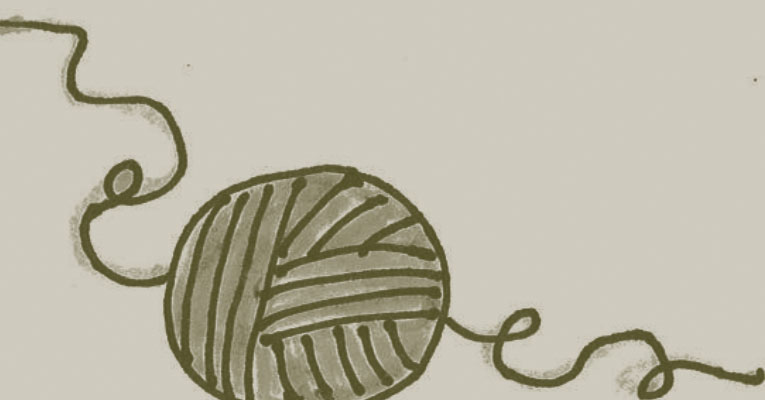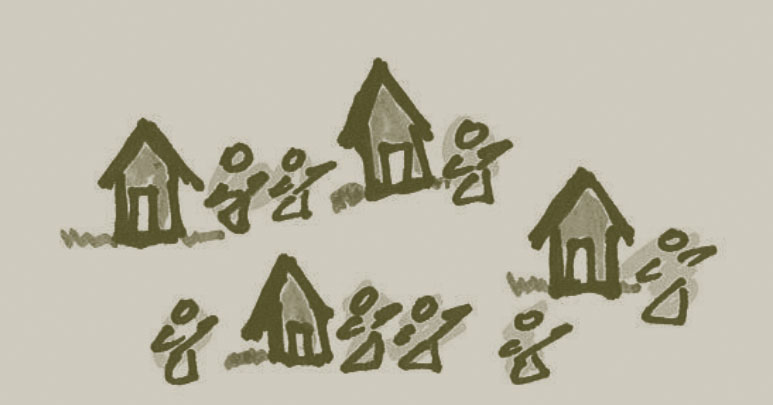Cultural Organizing in Practice: What Does
it Look Like?
Cultural organizing is a strategy that aims to revitalize and sustain immigrants’ artistic expression and cultural practices. Following the values and guiding principles of popular education and participatory action research, we see cultural organizing as a concrete step toward building a community that is cohesive and capable of responding to social challenges.
Working in the context of culturally diverse communities like the Central Valley, cultural organizing also implies an intercultural learning process that encompasses understanding, respect for differences, and negotiating to engage in collaborative community-building practices. It also involves a cross-pollination of ideas and traditions among different ethnic groups living in the Central Valley.
Cultural Organizing Principles
• Cultural organizing broadens the conversations about the power of arts and culture for transformative social change
• We build political power by engaging with the influential tenets of cultural heritage, including local cultural knowledge and by validating the importance of tradition, language and indigenous expression
• We place specific focus on placemaking by engaging all aspects of place: local artists, local communities, local voices, local initiatives
• We believe that acts of creativity, self-expression and identity formation are central to activating change
• We are developing deeper understandings of the role
of artists, interdisciplinary conversations, and contexts
of place to build stronger, more active communities
Ideas for Practicing Cultural Organizing
• Provide spaces for expressing and sharing cultural
and artistic traditions
• Engage diverse cultures in the production of innovative cultural and artistic expressions to build vibrant and active communities
• Provide spaces for reflection and dialogues that address issues of cultural discrimination, colonization, internal colonization and internal oppression
• Get immersed in the community and develop inventories
of cultural assets
• Provide opportunities for regaining cultural knowledge
“Cultural organizing is a process by which immigrants, particularly indigenous communities, are provided with the opportunity to continue practicing their traditional cultural and artistic customs. Such practices help immigrants develop their sense of belonging by allowing them to share their cultural and artistic customs with other community members. Most importantly, cultural organizing promotes and supports the cultural preservation and identity of immigrants.”
Pat Lor


Principles
• Cultural organizing uses the arts and culture to bring about social change

Tips
• Cultural organizing is not just about organizing an event
• Cultural organizing has to be collective
• An event is the culmination of a learning and cultural exchange process
• Events have a social justice intention; they are not just about entertainment
References
• The Theory Behind Our Work booklet
• Cultural Organizing section tools
An Example of Cultural Organizing
This tool provides an example of what cultural organizing looks like in practice.
A Pan-Valley Institute Success Story
One of the intents of our cultural organizing work is to provide spaces, resources and opportunities for immigrants to reinstate their culture and creative expression. In 2006, we organized the Tamejavi Festival in Madera, Calif. with the goal of highlighting the presence and diversity of the Mexican indigenous that now call that city home. One of the roles of the members of the planning committee was to identify artistic and or artisanal skills within their own communities. Juan Santiago, a member of the planning committee, comes from a family where his mother and other women are palm weavers. Juan organized an intergenerational palm weaving workshop where the older women could teach the next generation the skill of palm weaving.
At this workshop, participants realized they needed to preserve the palm weaving knowledge that has distinguished the town of San Juan Coatecas Altas in Oaxaca, but they ran into a problem because the kind of palms they needed can only be found in Oaxaca. The Pan-Valley Institute provided resources to bring palms from Oaxaca, and the women were able to display their art of weaving palms at the Tamejavi Festivals of 2006, 2007 and 2009, and have since continued to weave palms.
Getting Started
Observe and learn what artisans exist within a community. These artists may be hard to identify since, as we have learned, many are no longer practicing their art. Once you identify the artists, provide them with the space to come together to recreate their art. This activity is important because they can reclaim their culture while they preserve cultural and artistic knowledge. They can share their knowledge with future generations.
“On a personal level I didn’t learn how to weave as I was supposed to; however, I was able to observe the weaving process and we eventually did other workshops. I saw that an important accomplishment was that we gained trust so that they could continue participating. I think the women felt a sense of belonging because they had the space to do their own art. They felt safe to share their knowledge because they felt they had something to contribute and were willing to do other workshops, including participating at the Tamejavi festival.”
Juan Santiago


Principles
• Increasing access to public space for cultural expression is key
• Popular participation in cultural production is integral to community life and civic engagement around the world
• There are no set formulas: by encouraging diverse participants to design cultural and art series, festivals and sharing opportunities, something new is created each time, and learning occurs along the way

Tips
• Some people, indigenous groups in particular, might not be to open to sharing their creative expression, art and artisanal knowledge; be patient, respectful, persistent, and keep opening the spaces
References
• The Theory Behind Our Work booklet
• Tamejavi Festival section
Tamejavi Heritage Gallery
This tool provides an example of what cultural organizing looks like in practice.
The Pan-Valley Institute has had success with our Tamejavi Heritage Gallery at past events. This tool, which provides an example of cultural organizing, provides advice for making your own heritage gallery.
Creating a Heritage Gallery
You can create a heritage gallery at meetings, retreats and residential gatherings. Invite attendees to these events to bring an object that represents their culture, art or any other form of creative expression. These spaces provide opportunities to communities whose creative and artistic expression have been ignored. When the objects that represent their culture are displayed in an aesthetically pleasing way, it helps the object’s owner feel validated and can give them a new appreciation for their culture.
How to Get Participants Involved
1. When planning a heritage gallery, send a letter to participants describing the gallery’s intention and asking them to bring an object that represents their community’s cultural and artistic traditions.
2. Let participants know that they should come prepared to make a presentation about the object they are bringing; i.e. what it is, if it has a utilitarian use, how it was made, its personal significance, etc.
3. In the letter, ask participants to send a photo of what they will be bringing so the coordinators of the gallery can start getting ideas of how to curate the exhibit.
4. Include a disclaimer in the letter that the coordinators are not responsible for the care of delicate items.
5. Make sure participants send the correct name and spelling of each item and include the English translation when necessary; this information will be used to label the objects.
6. Be very intentional about the aesthetics of the displayed objects, and exhibit clothing on mannequins whenever possible.
7. When the gallery opens, participants will be asked to tour the exhibit, examine each object and take their own notes and ask questions. Allow at least 30 to 40 minutes, depending on how many objects are being exhibited and the size of the group. Participants should consider the following questions:
• What did you see?
• Did you consider what you saw in the gallery to be art?
Why or why not?
• Think of a question you would like to ask about an object(s).
8. On an index card, each participant will write down the name of the object(s) that grabbed their attention, with one or two questions pertaining to the object, and drop the index card in a box.
9. Once participants are done visiting the gallery and have put their index cards in the box, the facilitator will begin to pull out questions and ask them to the indicated person. Allow 30 to 40 minutes, depending on the questions.
10. Participants will answer the question(s) pertaining to their object and brief discussions will take place.
Materials Needed: pens, index cards, box for cards


Principles
• Cultural exchange is about doing and learning; it’s not passive spectatorship
• Creating a safe learning space takes patience and is important when convening diverse groups

Tips
• Before the gallery is set up, visit the venue or space where the gallery will take place
References
• The Theory Behind Our Work booklet
• Tamejavi Festival tools
• Cultural Organizing tools
The Challenges of Cultural Organizing
in Poor Communities
Practicing cultural organizing can present many challenges, especially when working in poor communities. To help illustrate these challenges, this tool shares a reflection from Genoveva Vivar, one of the participants of the second cohort of the Tamejavi Cultural Organizing Fellowship Program (TCOFP).
When it comes to organizing newly established communities, such as the Mixteco indigenous community members of Tonyville, many obstacles occur along the way. When I was planning and organizing the “Ashamed No More” event, choosing the date, which one would think would be one of the easiest aspects of planning, became one of my biggest challenges. I had to work around the migration schedules of community members who are seasonal agricultural workers in places like Stockton, Oregon, and Washington. They typically leave around mid-May, and many don’t return to California until mid-August or September.
Even those that work agricultural jobs in the area may have limited availability. During the late summer grape season, the work day begins at 4 a.m. and may last until 7 or 8 p.m., making participation in anything outside of work very difficult.
When working with a community of seasonal farm workers, it may be best to plan events for the months of February through April.
A general lack of interest presents another challenge. People who aren’t normally involved in the community will be less likely to attend a community organizing event, but special events may attract those who are looking to get involved and didn’t know how. Despite the interest in my event from many of the men and women in my community to make the event a success, others failed to show any support or excitement.
“Cultural life in my community means being able to express yourself without the fear of being judged by others, the ability to speak your native language without others looking at you funny, and a capacity for artistic expression through music, cooking and sewing.”
Genoveva Vivar, TCOFP alumna


Principles
• Popular education places priority on the poor, oppressed and marginalized. It is aimed at accompanying these groups through the process of reaching a deeper understanding of their power to change their conditions of oppression

Tips
• Understanding and flexibility is very important when doing this work
References
• The Theory Behind Our Work booklet
• The Glossary
• How to Make it Work I
